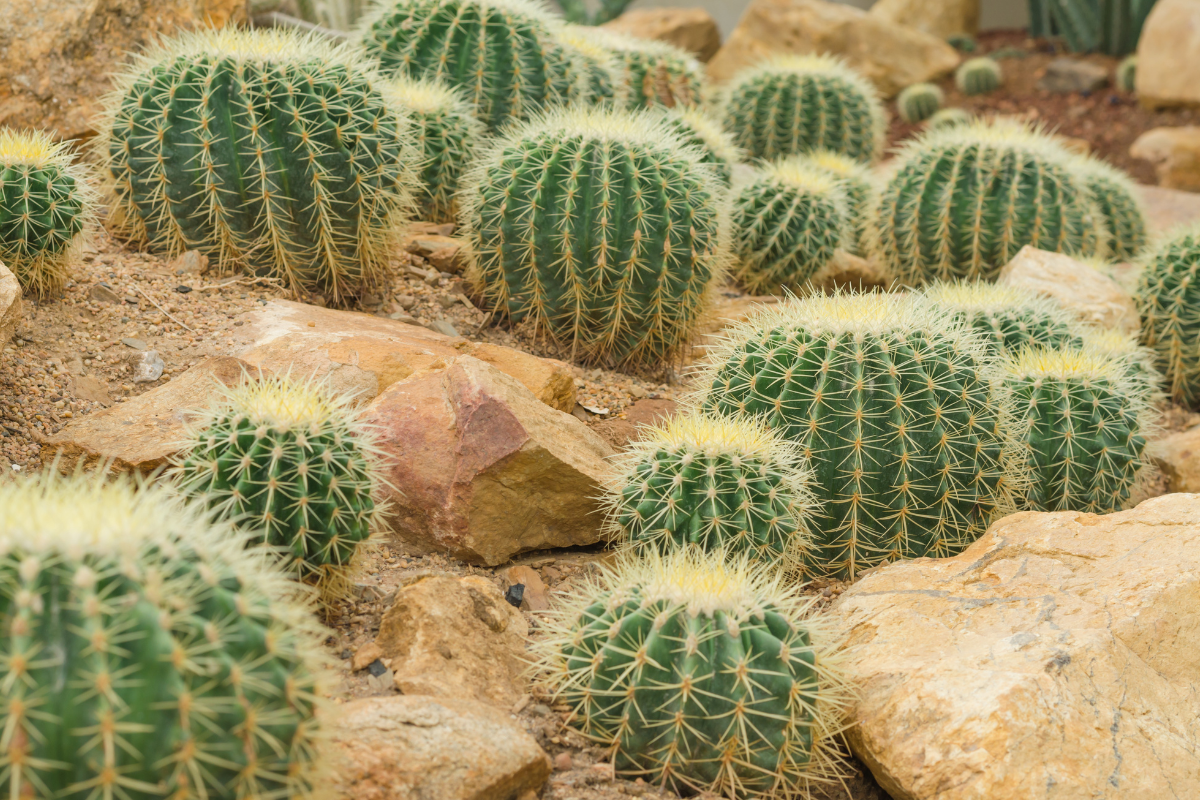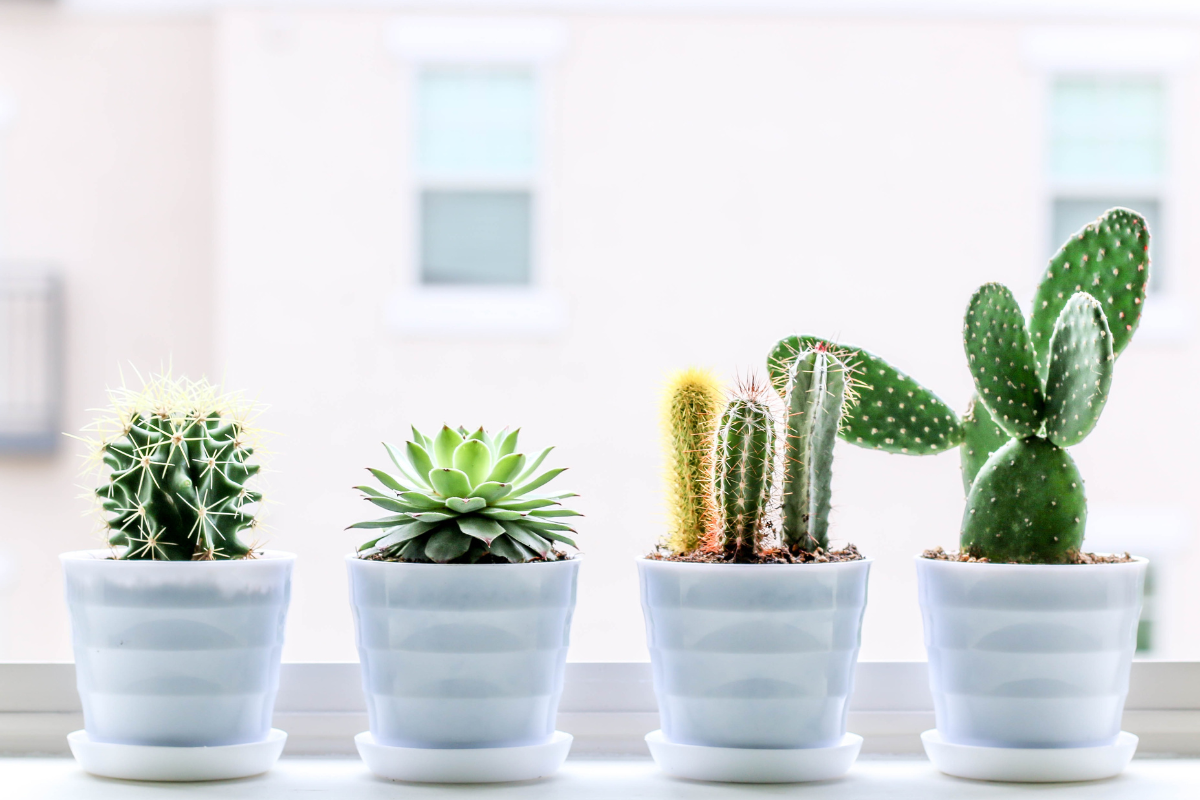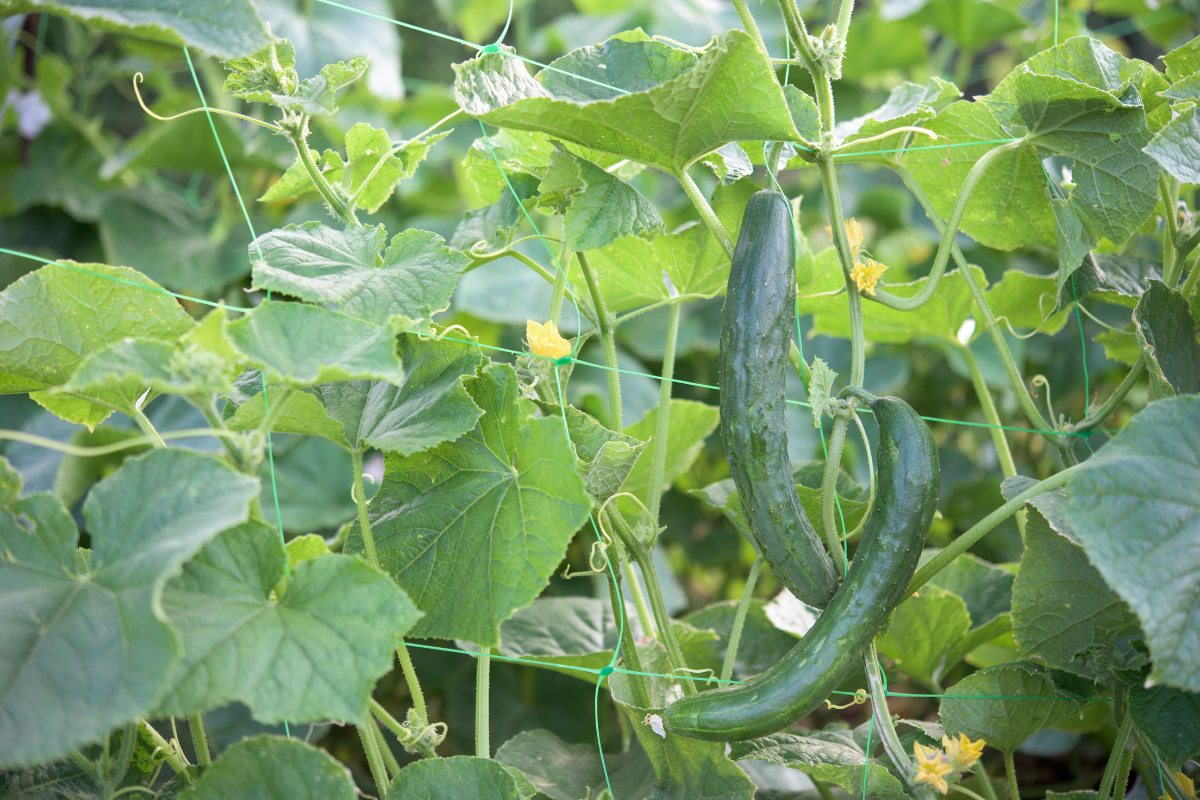Are you worried about your squishy cactus? You’re not alone!
It’s a common issue that many plant owners face. Cacti are supposed to be tough and resilient, so what could be causing them to feel soft and mushy?
In this blog post, we’ll go over the reasons why your cactus is squishy and how you can fix it.
Follow along for some expert plant care troubleshooting tips!
Table of Contents
Why Some Cacti Are Squishy
Cacti are known for their ability to store water in their thick stems and leaves, making them drought-tolerant plants.
However, sometimes a cactus may become squishy or soft to the touch which can be an alarming sight for any plant owner.
i) Overwatering
There are several reasons why a cactus might become squishy. One of the main causes is overwatering. Cacti need well-draining soil that allows excess water to escape easily.
When they sit in stagnant water, they can develop root rot which leads to a squishy texture.
ii) Pests/Infections
Another reason could be pests or diseases. Mealybugs and scale insects feed on the sap inside cactus tissue, causing damage that results in a mushy feel.
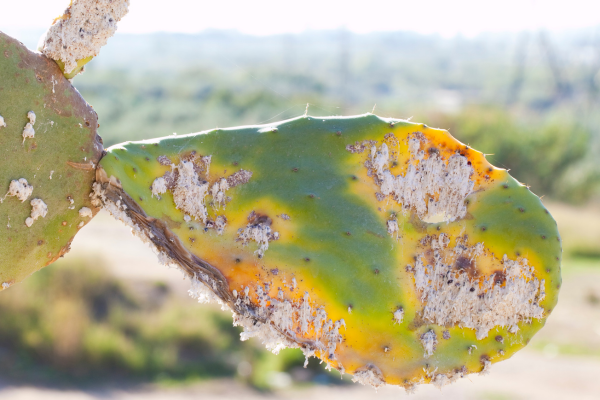
Fungal infections like Phytophthora can also cause soft spots on cacti.
iii) Variant
Some species of cacti naturally have softer flesh than others due to adaptations made for living in certain environments where moisture levels vary greatly.
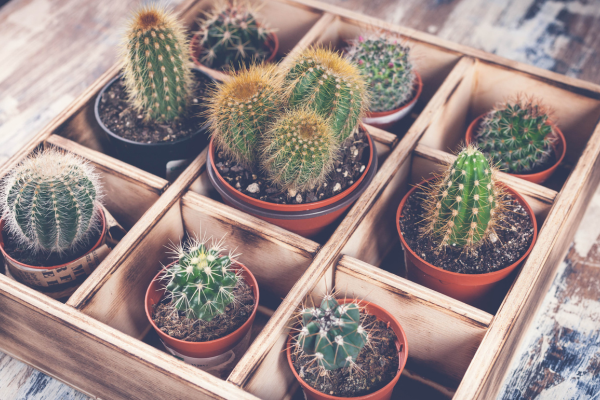
It’s important to identify the cause of your squishy cactus before attempting any fixes as different causes require different treatments.
How to Fix a Squishy Cactus
If you have a squishy cactus, don’t panic! There are steps you can take to fix it. The first thing to do is to identify the cause of the problem.
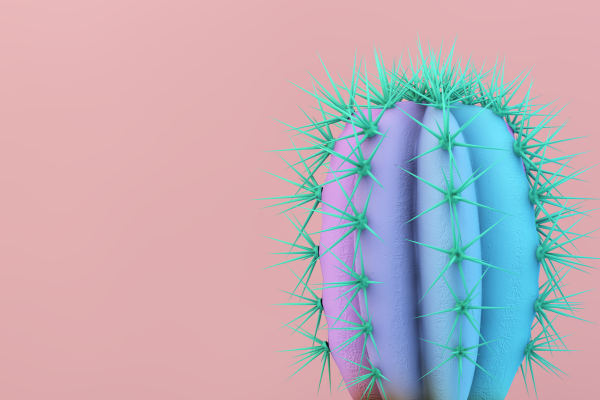
- Stop watering – One common reason for a squishy cactus is overwatering. If this is the case, stop watering your plant immediately and let it dry out completely before watering again.
- Re-pot – You may also want to consider repotting your cactus in fresh, well-draining soil. You can usually buy the succulent potting mix that is available in markets. They contain the right proportion of sand, gravel, and other organic material that are vital for succulent growth.
- Sunlight – Another possibility is that your cactus is not getting enough light. Move it to a brighter spot or provide supplemental lighting if necessary.
- Pesticide – If pests are causing the problem, treat your plant with an appropriate insecticide or pesticide. Be sure to follow all instructions carefully and avoid using products that could harm your cactus. You can go with natural insecticides containing neem water. Always spray your insecticides and never pour or sprinkle them all over the plant.
Be patient! It may take some time for your cactus to recover from being squishy, but with proper care and attention, it should bounce back in no time.
Conclusion
A squishy cactus can be caused by several factors. It is important to identify the cause so that you can take the appropriate action and save your cactus from further damage.
Remember to always check your cactus regularly for any signs of distress and adjust your care routine accordingly.
By providing the right conditions and care, you can help ensure that your cacti stay healthy and strong.
If you are having trouble with a squishy cactus despite all efforts to fix it or if it has become severely damaged due to neglect, don’t hesitate to seek advice from a professional plant expert who can provide more specific guidance on how best to revive it.
